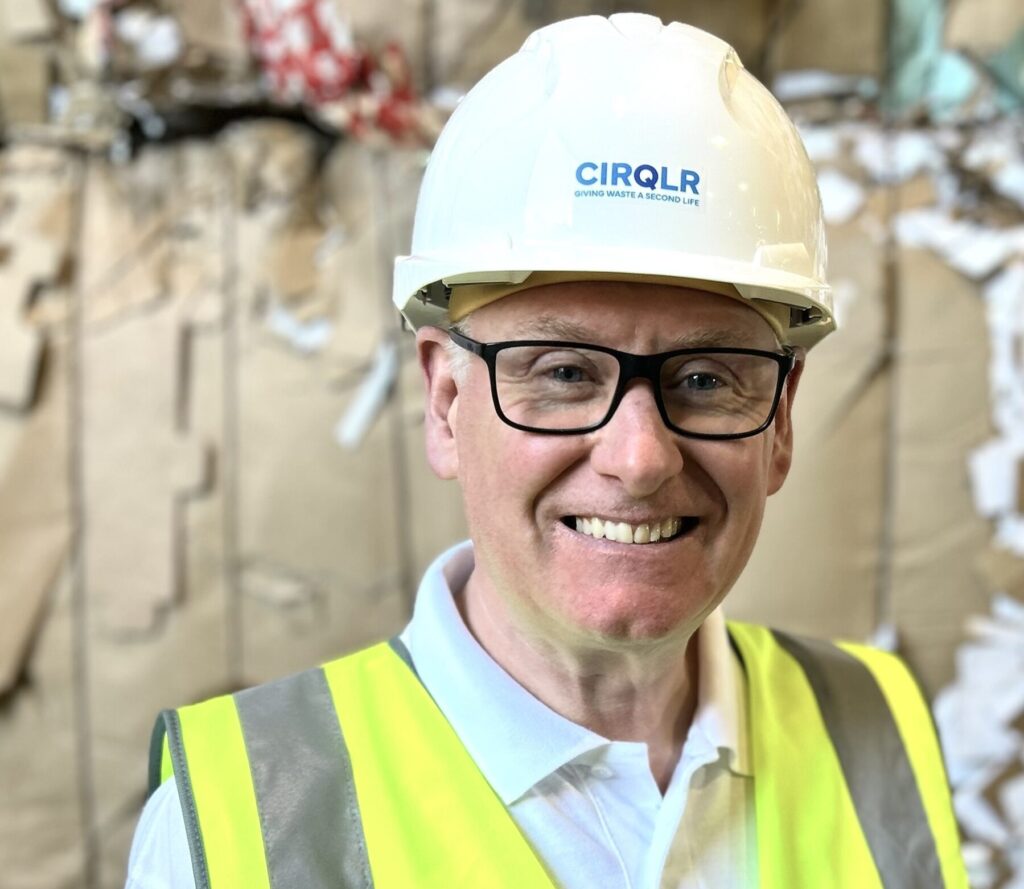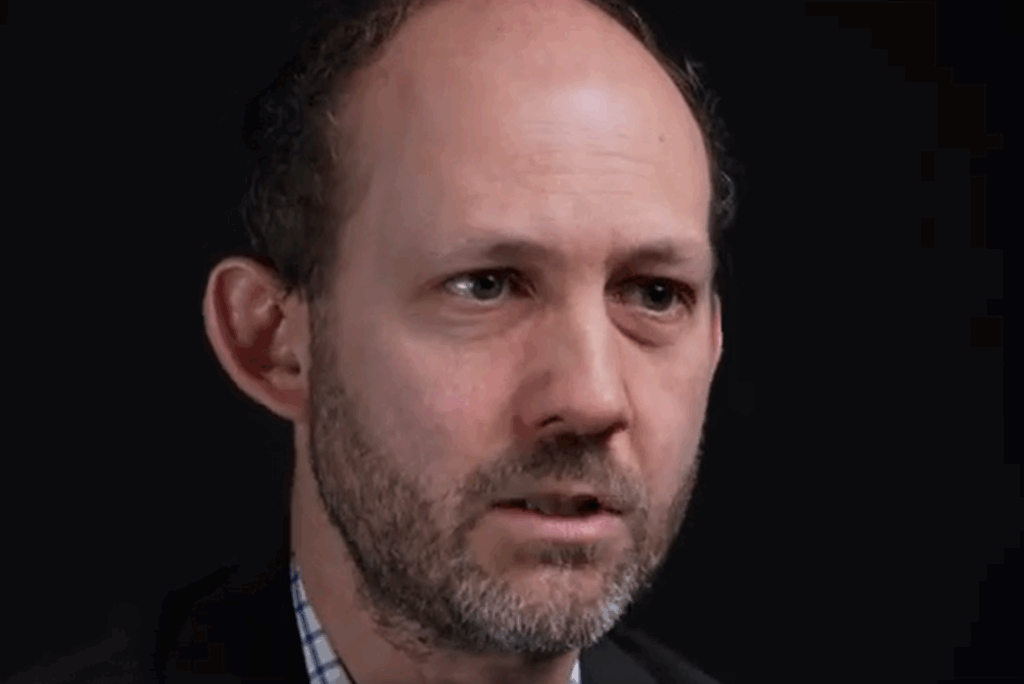The recent revelation from Marks & Spencer that it is assessing the possibility of using a single polymer for its plastic packaging is welcome news (see letsrecycle.com story). The announcement highlighted the confusion that surrounds the recycling of different polymers amongst householders as well as the potential improvement in recycling that could result by reducing to one polymer type.

There is no doubt that better communication around the recyclability of different plastics would make for better overall plastic recycling. We should not underestimate the impact that multi-material packaging can have on resource management.
As a leading supplier of sustainable packaging solutions, DS Smith understands the importance of packaging – from design, performance and product protection, to recycling. If it’s sourced, designed and produced sustainably, packaging has its place in a circular economy. It is part of the solution, not the problem.
Packaging needs to be fit for purpose. The right packaging will protect its product and reduce wastage from transit damage. But its design should not create difficulties for recyclers when the packaging comes to the end of its life.
Hierarchy
By following the principles of the waste hierarchy, materials should be easy to reuse and recycle. This process is made easier using as fewer different material types as possible. Take the packaging for Pringles crisps: a cardboard tube, a plastic lid over a foil lid, and a metal bottom to keep the contents secure. How easy is it for this packaging to be recycled with the materials remaining within the resource economy?
When working within a circular economy, we should be making every effort to ensure that materials remain within that economy for as long as possible. This means collaborating with designers to ensure they understand the role the packaging has to play throughout its life.
Keeping packaging materials down to one or two different types not only helps increase recycling – it helps reduce the confusion over whether a product can go into the recycling box or not. This is important. Many people who are unsure often feel they are helping out by putting the questionable material into the recycling bin anyhow. Unfortunately, this leads to increased contamination and a reduction in quality.
Developing packaging using a single-source material is the best way to boost the quality of materials and to maintain a resource-efficient economy. There is a challenge around that, not least coming from brands and consumers who demand so many different things from packaging – so there is no ‘one size fits all’ solution.
Manufacture
DS Smith is a manufacturer of cardboard boxes, and our packaging has to be reliable. It must perform for the purpose it was created for, whether it’s to protect products in transit or advertise to consumers on the shop floor.
That’s why we can’t have any contamination getting into our recycling and production processes. To make good quality sustainable packaging, we need good quality raw material. And with that raw material we need to develop packaging solutions that make it as easy as possible to recycle once packaging has reached its end of life.
Our boxes contain a global average of 78% recycled fibre. In some areas, we reach 98% recycled material. While the variation is dependent on many factors, the most important is quality. The key to using recycled content is ensuring it is clean of contamination; using a single-source material and collecting material that has been source-segregated are essential to the process.
In 2014, paper and cardboard comprised 41% of all materials collected for recycling in the UK, and since 2006 the UK has recycled an average of 60% of packaging each year. But to increase those recycling rates and keep waste to a minimum we must always focus on quality.
Low-quality recycling remains a major issue within the resource management sector. Greater consistency is needed but one that maximises quality and reduces waste at every opportunity.







Subscribe for free